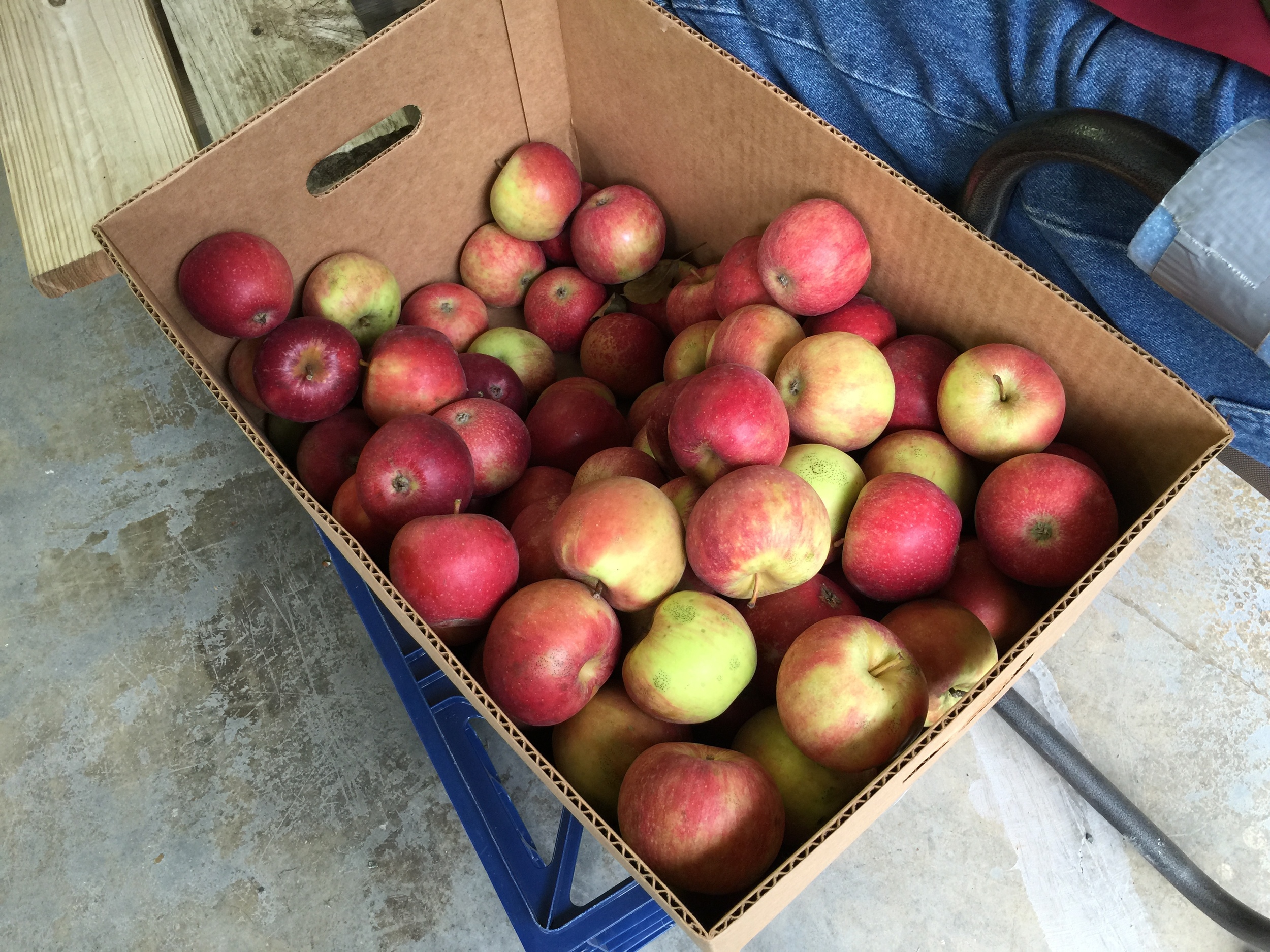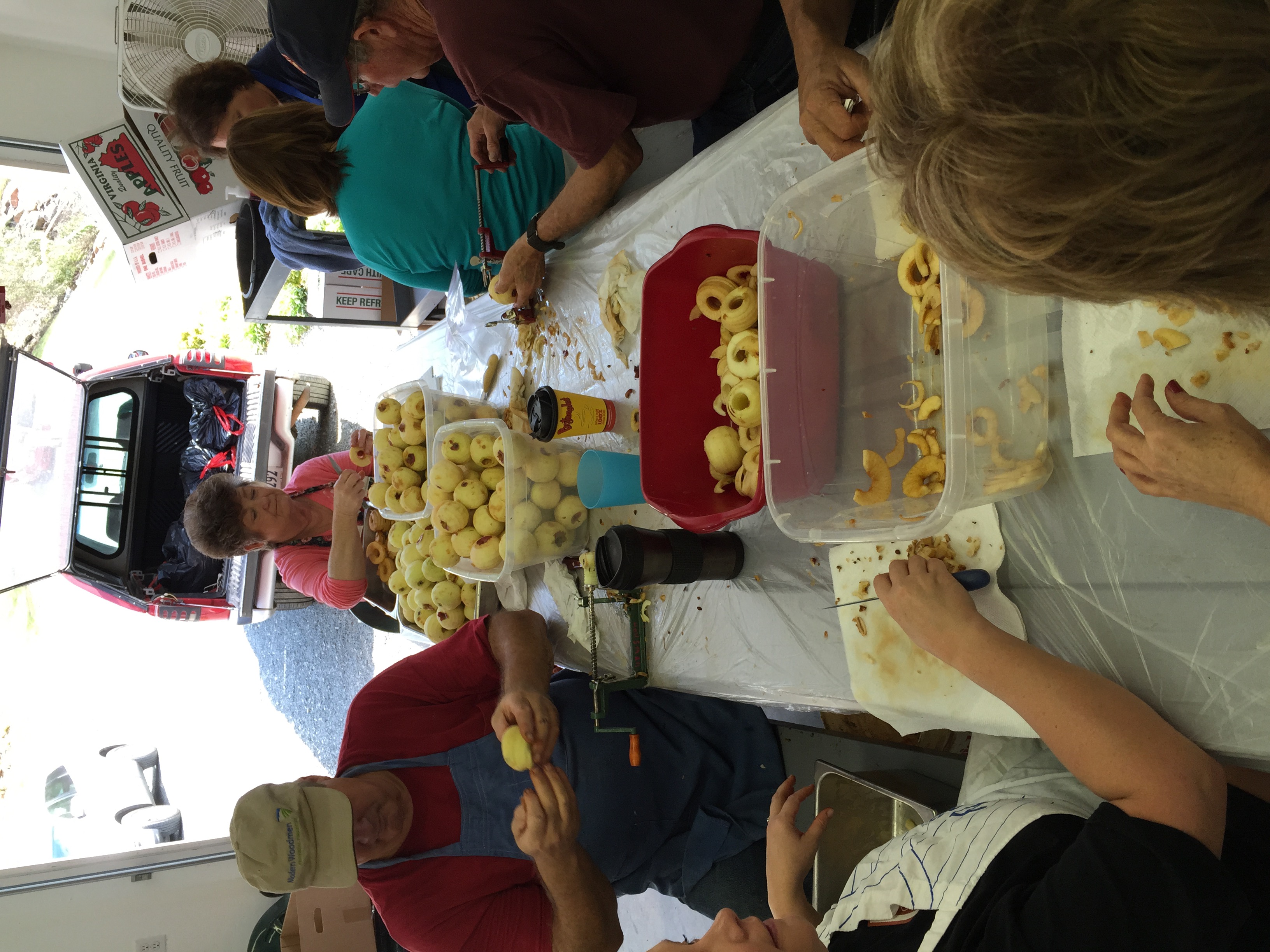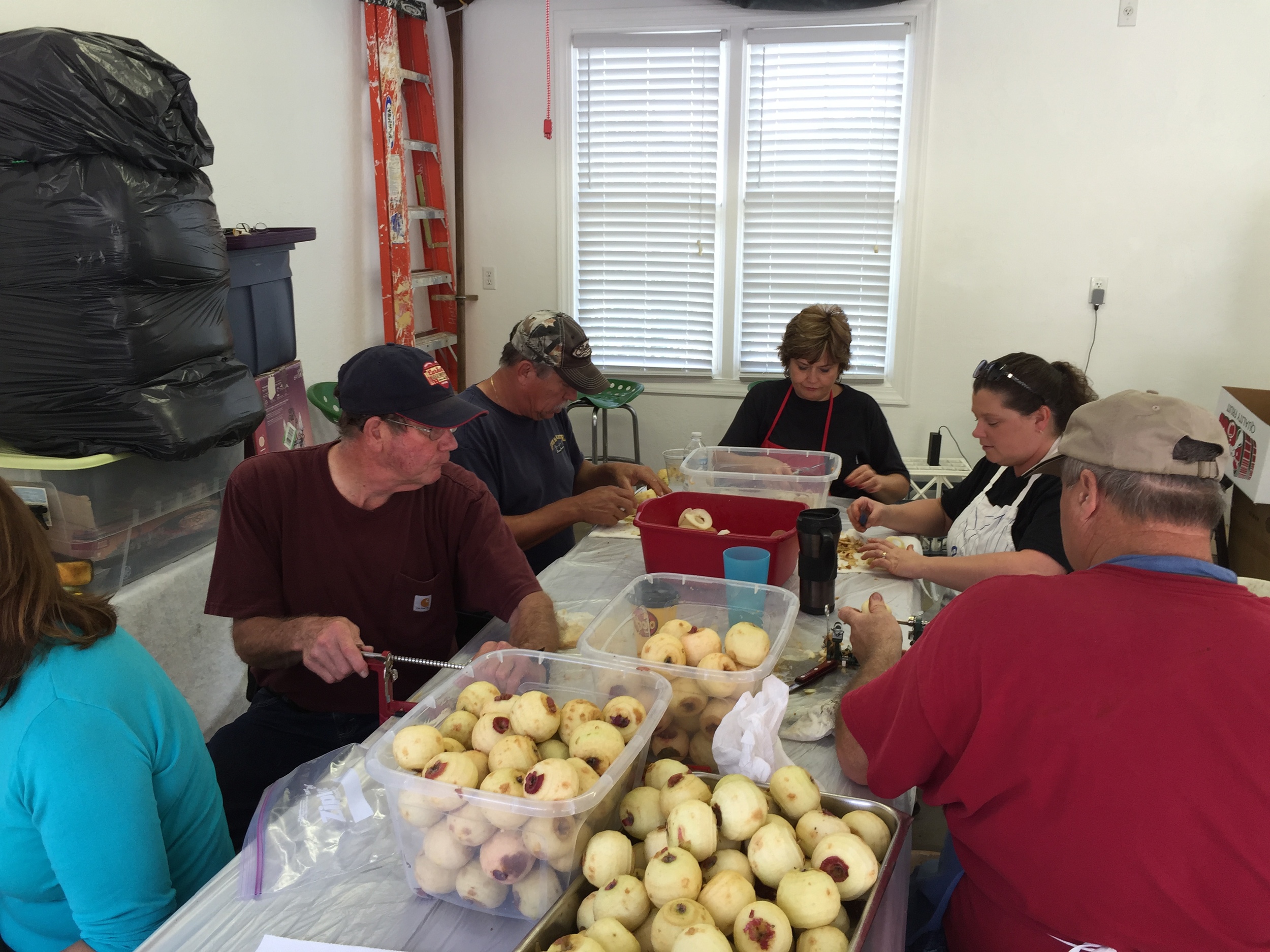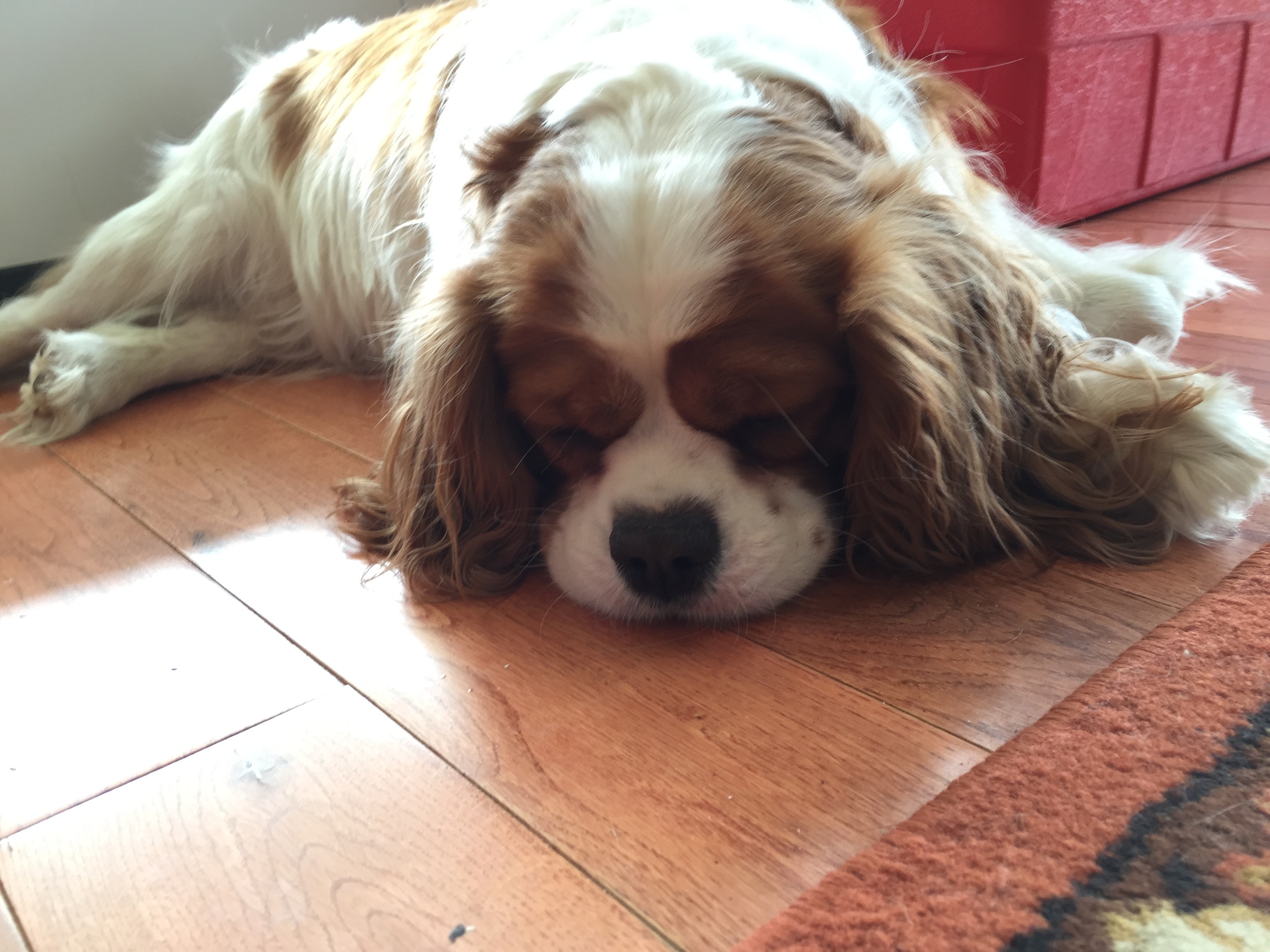Peeling Day (Apple Butter Making, Day 1)
Today was the first day of the 3rd annual Housman Family & Friends Apple Butter making weekend. This year started with 16 bushels of Staymen apples. We had 14 family and friends help peel, then core, and then inspect the apples. The inspection process involves going through each peeled & cored apple and searching for seeds, imperfections, errant peels and removing them with a paring knife. After this procees is completed, the apples are bagged to be preserved over night. Tomorrow morning, around 5 am, a fire will be lit under the copper kettle and the apples will be fed into a hand-crank grinder. Once crushed, they go into the kettle with a small amount of vinegar to get the process started. Apples will continue to be crushed and filled into the kettle until all are in it. I'll explain the details about the rest of what happens tomorrow in a post I will write tomorrow evening.
To wrap up today's explanation, we started around 8 am this morning and finished up around 3:30 pm this afternoon -- this included cleaning up (peels/trash) and putting away the various tools (peelers, corers, buckets, etc).
Below are several videos I took thoughout the day with the new 240fps mode on my iPhone 6 Plus as well as various photos I took in a gallery.



























































